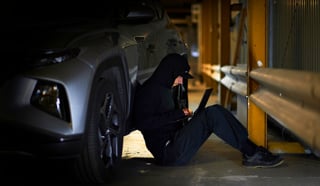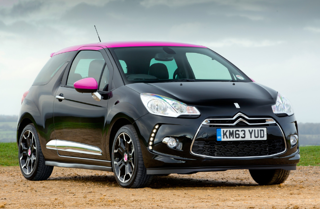The 17 fleets participating, representing 173,000 drivers and 80,000 vehicles, have reduced their claims rate from 45% in 2009 to 42% in 2011, and their cost per vehicle from £558 to £475, saving an estimated £11m over three years.
Blacklock adds: “Benchmarking can be a very useful tool to assist companies.
However, it is important that companies in similar industries and operating similar fleets benchmark against each other.”
- For more on minimising risk and reducing accident rates, visit fleetnews.co.uk/safetybestpractice
- Fleet News blog, fleetnews.co.uk/driversafetytechnology
Case study: Tristar
Andre Hazel, insurance manager at chauffeur company TriStar, would like to reach a stage where the company has “virtually no accidents”, but he isn’t quite there yet.
The accident rate for the fleet of 450 vehicles has crept up slightly from 4.32% in 2009 to 4.84% this year.
Hazel says that any increase is “unacceptable” as the company is “very safety conscious”, but he points out that the minimal rise has not been caused by Tristar drivers.
“Overall our accident rate has gone up but most of the accidents are caused by people hitting us,” Hazel says. “Our drivers have become safer.”
Tristar’s at-fault accidents have fallen from 3.98% in 2009 to 2.46% this year – thanks to a combination of investing in safety technology and employing a road safety manager to train drivers.
The company previously used an outside training provider, but Hazel believes it has been more cost-effective to bring training in-house.
“We assess every single chauffeur at the point of induction,” Hazel explains.
“Then everyone is assessed within a two-year window, regardless of how good they are. The trainer sees how their skills can be developed further.”
Hazel analyses monthly reports on the type and frequency of accidents. The reports are generated by Fleetmaster software and telematics data.
“I can run a report on any aspect of the accident, such as where it happened or how long the driver had been on their shift, to determine what factors might have contributed to the accident,” Hazel explains.
At one stage, the company had an issue with reversing collisions, costing an average £67,377 per year.
It decided to fit parking sensors as standard in 2009 and the costs fell to £20,506 per year.
In September 2011, Tristar introduced Volvo’s City Safety (a low-speed collision avoidance system) which has proved to be “a tremendous help”.
Within a year the cost of ‘hit in rear’ collisions had fallen from £82,871 per annum to £27,936 per annum.
The annual cost of collisions with property (for example, a driver hitting a low wall) fell from £7,626 to £3,914.
Following the success of the parking sensors and City Safety, Volvo’s Blind Spot Information System (BLIS) was introduced to the fleet in August this year and this will help address the most costly type of accidents – motorcycle collisions, collisions with cyclists, lane-change manoeuvres, hit on the side and hit while turning.
A psychometric test, which will be used as part of the recruitment process, is also being developed in-house.























Login to comment
Comments
No comments have been made yet.